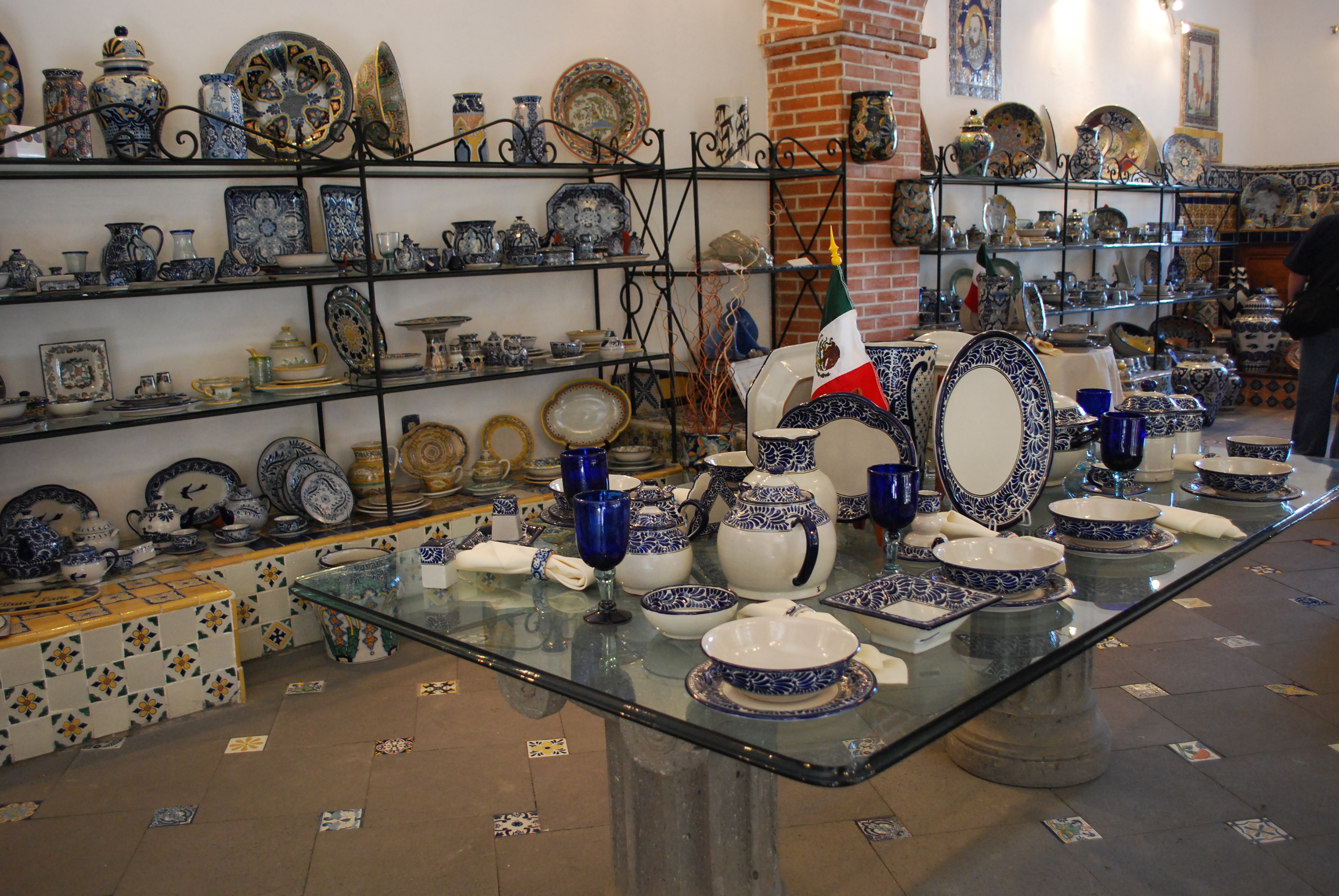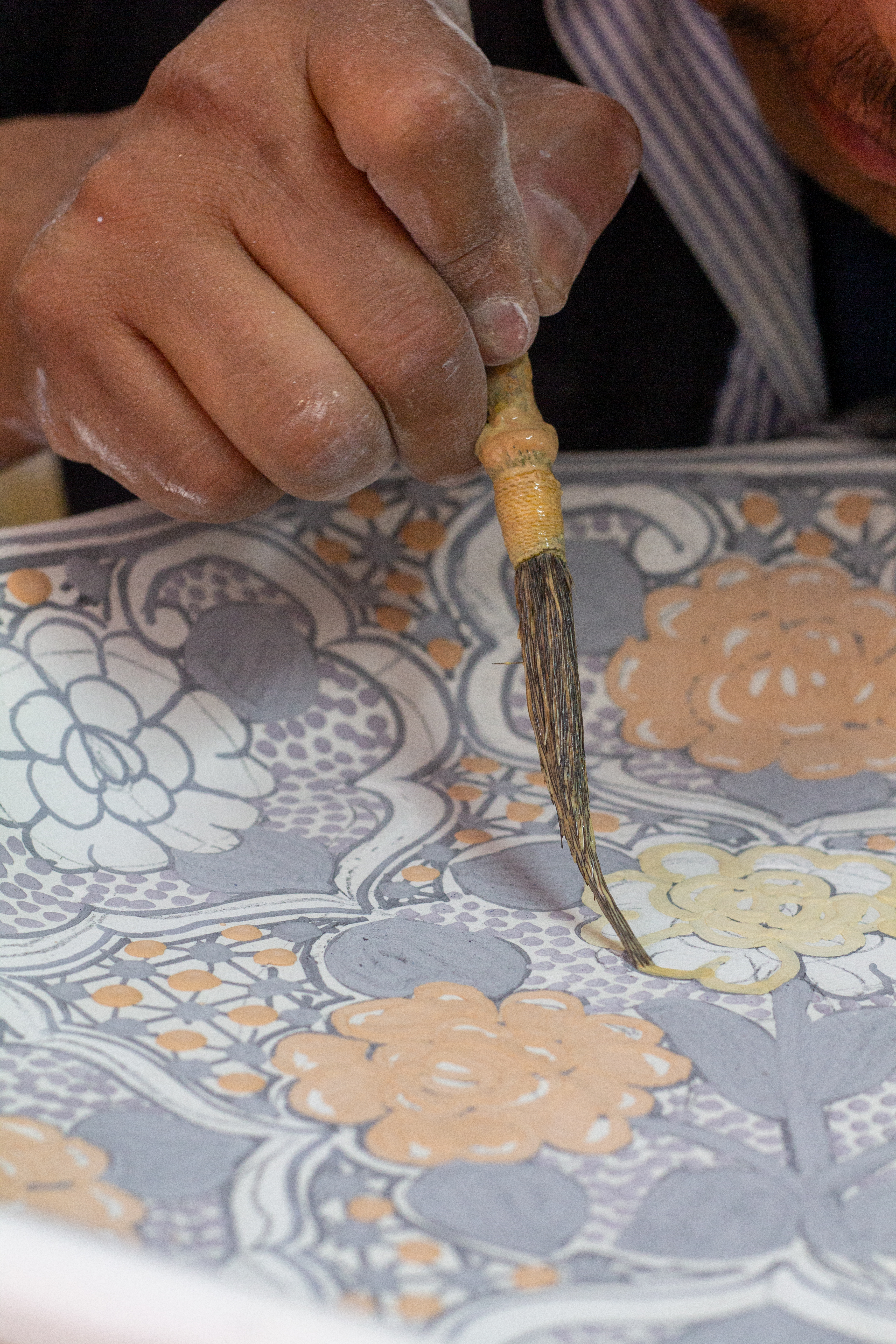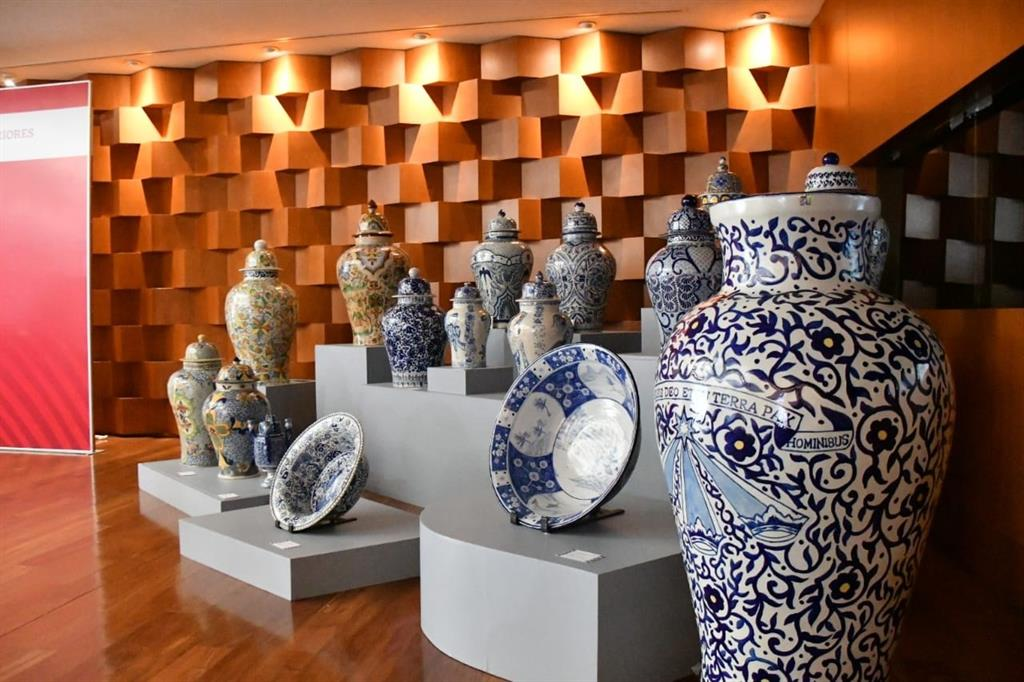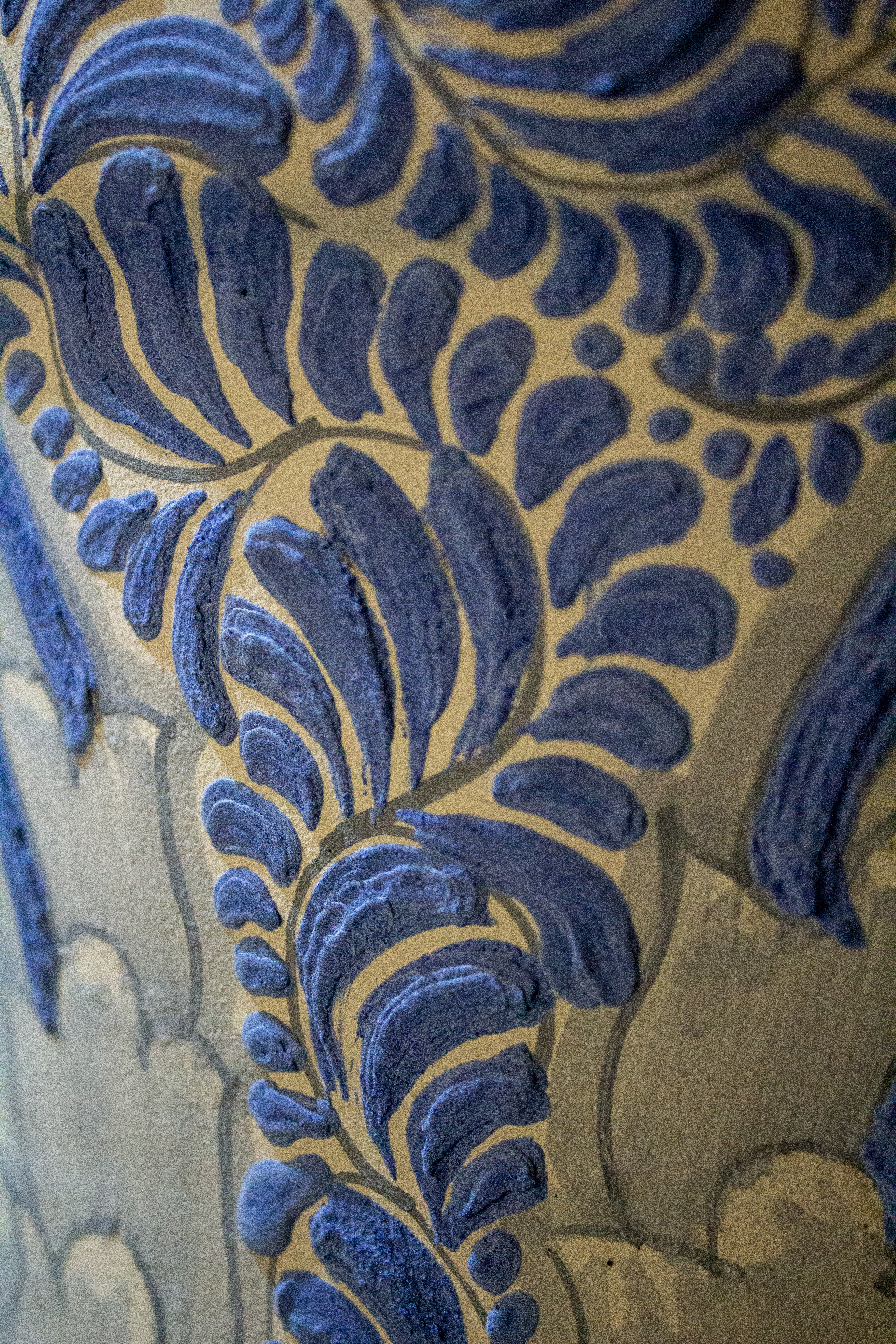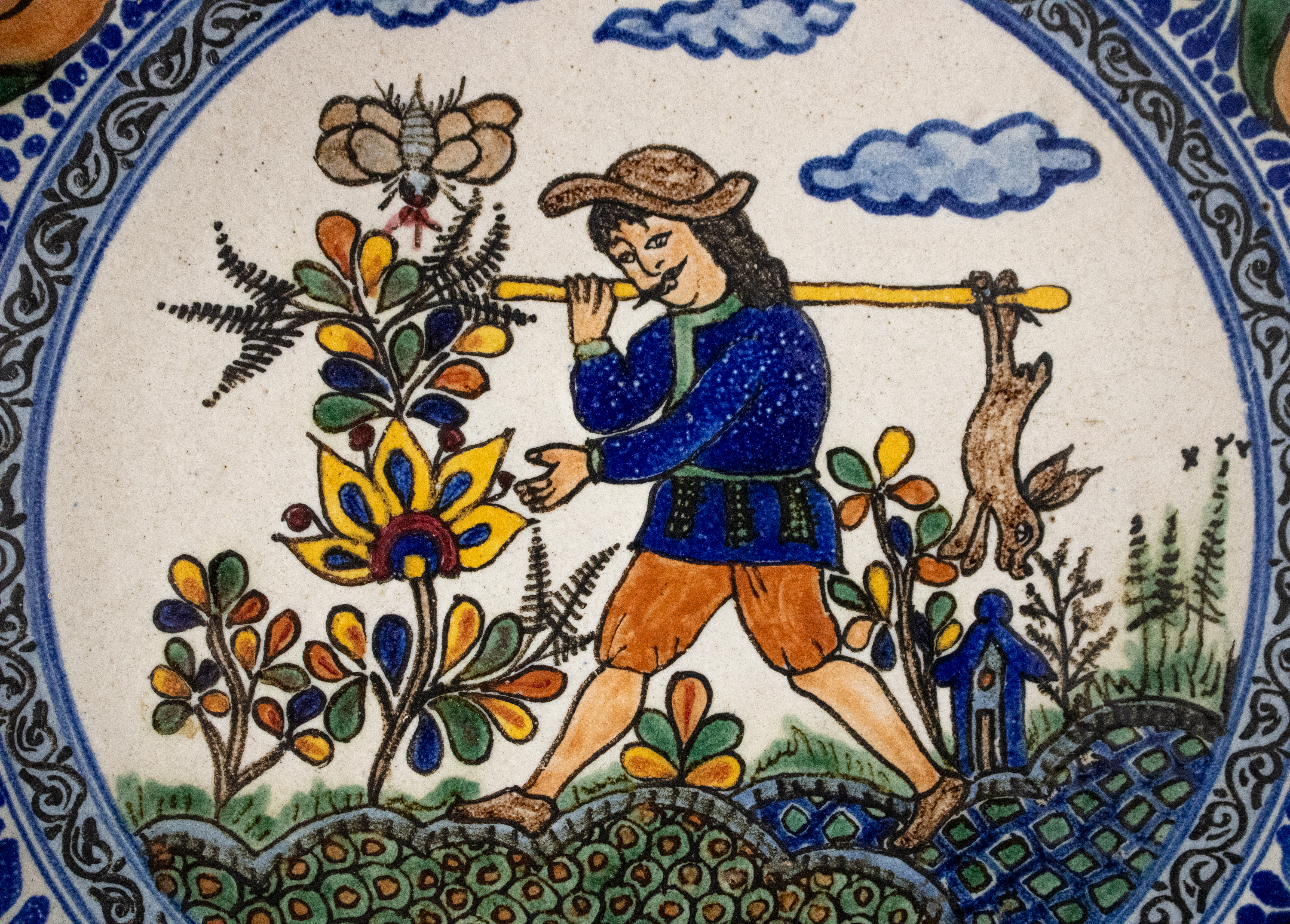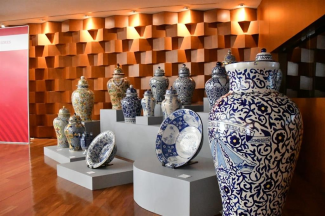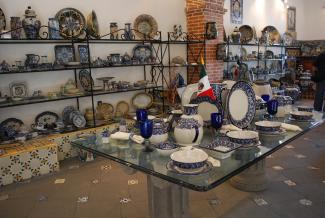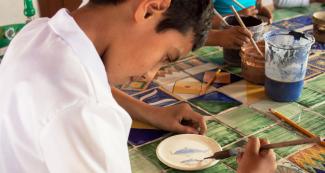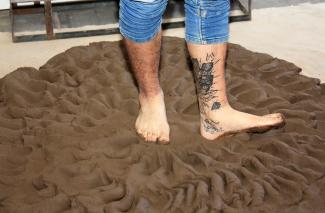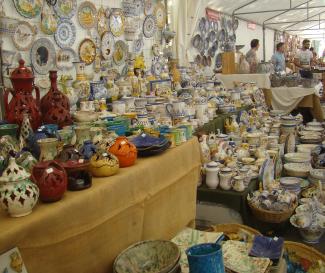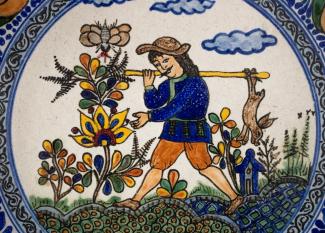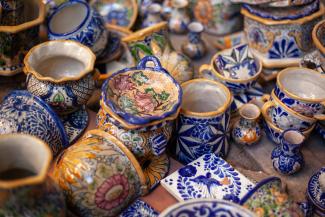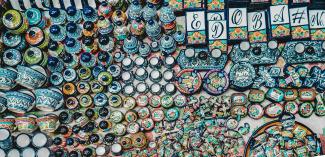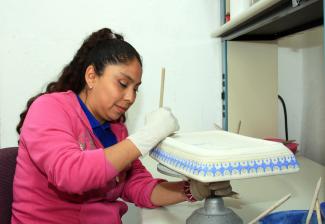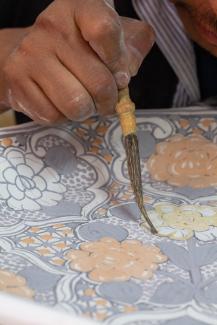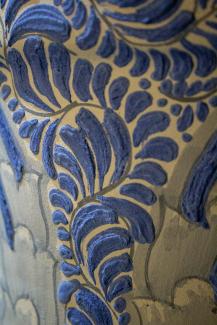Procesos artesanales para la elaboración de la Talavera de Puebla y Tlaxcala (México) y de la cerámica de Talavera de la Reina y El Puente del Arzobispo (España)
Procesos artesanales para la elaboración de la Talavera de Puebla y Tlaxcala (México) y de la cerámica de Talavera de la Reina y El Puente del Arzobispo (España)

World Heritage
Intangible
Técnicas artesanales tradicionales
The process of making Talavera pottery involves traditional techniques that have been passed down from generation to generation through the intrinsic work carried out in pottery workshops (each of which has its own distinctive features, distinguishing one piece from another) or simply transferred orally within each artisan family. Although technological advances have been incorporated into the manufacturing process (such as electric potter's wheels), the same artisanal procedures for production, decoration, and glazing that were used in the 16th century are still in use today.
In the Mexican cities of Puebla and Tlaxcala, as well as in the Spanish towns of Talavera de la Reina and El Puente del Arzobispo, there are communities of artisans who use traditional methods to produce Talavera-style ceramic objects for domestic, decorative, and architectural uses. Although pottery techniques have evolved in both Mexico and Spain, particularly with the use of electric potter's wheels, the methods used to make, decorate, and glaze this type of pottery remain artisanal and identical to those practiced in the 16th century.
The theoretical and practical knowledge related to this element of living cultural heritage encompasses the preparation of clay, its modeling on a potter's wheel or in a mold, the decoration of the modeled piece, the preparation of pigments and glaze, and firing in the kiln, all of which require great skill. Some potters and ceramists carry out all stages of production, while others specialize in specific tasks. For the most part, the bearers of knowledge related to this craft—including the extraction of raw materials, the processing of materials, decoration, and firing techniques—are master potters and ceramists who have acquired their skills over time and passed them on orally to younger generations, either in their workshops or within their families.
Each workshop has its own identity, which is reflected in specific details of the modeling, ornamentation, colors, and glazes of the pieces. The artisanal production of this unique type of pottery is an essential symbol of identity in Mexico and Spain.
Declaratoria UNESCO

Patrimonio Intangible
Categioría Técnicas artesanales tradicionales
Fecha 2019
Criterios de valor Universal Excepcional
Este lugar cumple con los siguientes criterios de valor Universal Excepcional
R.1
El elemento es patrimonio cultural inmaterial, en el sentido del Artículo 2 de la Convención.
R.2
La inscripción del elemento contribuirá a dar a conocer el patrimonio cultural inmaterial, a lograr que se tome conciencia de su importancia y a propiciar el diálogo, poniendo así de manifiesto la diversidad cultural a escala mundial y dando testimonio de la creatividad humana.
R.3
Se elaboran medidas de salvaguardia que podrían proteger y promover el elemento.
R.4
La propuesta de inscripción del elemento se ha presentado con la participación más amplia posible de la comunidad, el grupo o, si procede, los individuos interesados y con su consentimiento libre, previo e informado.
R.5
El elemento figura en un inventario del patrimonio cultural inmaterial presente en el(los) territorio(s) del(los) Estado(s) Parte(s) solicitante(s), de conformidad con los artículos 11 y 12 de la Convención.





